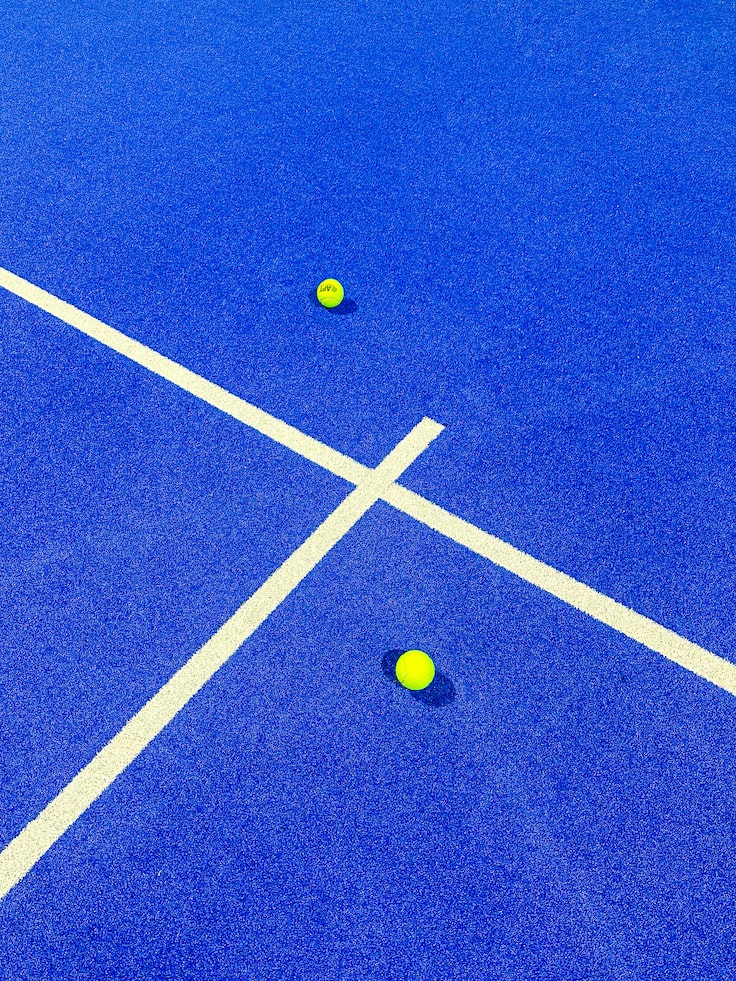Mastering the Padel Grip: Tips and Tricks for Optimal Control
3 min read
Mastering the Padel Grip: Tips and Tricks for Optimal Control
As a fan of the fast-paced sport of padel, there is nothing more essential than mastering the basics of padel. Whether you’re an experienced player or a beginner, having the right grip can mean the difference between hitting that perfect shot and completely missing the ball. That’s why we’ve compiled some tips and tricks to help you master the padel grip.
1. Understand the Padel Grip Basics
First things first, let’s talk about the basic grip types. There are two types of padel grips: the continental grip and the Eastern backhand grip.
– Continental Grip: This grip is ideal for forehand shots as it allows for more wrist flexibility. To achieve the continental grip, hold your padel paddle with your non-dominant hand, and position the grip so that the base of your index finger is on the bevel between the handle and the paddle face.
– Eastern Backhand Grip: This grip is perfect for backhand shots. To achieve this grip, simply rotate the paddle so that your dominant hand is supporting the handle while your feet are in a neutral position.
2. Experiment with your grip pressure
The right grip pressure can make a world of difference in your padel game. While some players prefer a looser grip for more flexibility, others prefer a tighter grip for more precision shots.
– Looser grip: If you’re looking for more flexibility, try loosening your grip. However, keep in mind that this can result in a less precise shot.
– Tighter grip: If you’re looking for precision and control, try tightening your grip. This can result in a more accurate volley, but make sure not to grip your paddle too tightly as this can lead to wrist strain.
3. Find the Right Padel Grip Material
While grip pressure is essential, the material of your grip can also make a significant difference in your padel game. Some players prefer a tackier material for more control, while others prefer a smoother surface for more grip and flexibility.
– Tacky material: If you prefer more control, look for a grip made from a tacky material like rubber or polyurethane.
– Smooth material: If you prefer more grip and flexibility, look for a grip made from a smooth material like leather or synthetic leather.
4. Padel Grip Maintenance
Finally, Just like any other gear, padel grips require proper maintenance. Over time, sweat and oil from your hands can cause the grip’s surface to degrade, decreasing its effectiveness.
To keep your padel grip in optimal condition, try the following tips:
– Clean your grip regularly using a damp cloth.
– If the grip is losing its tackiness, try applying a light coating of grip enhancer spray.
– Replace your grip when it starts to wear off, as it can significantly affect your performance.
Final Word on Padel Grip Basics
There you have it. By mastering the basics of padel grip, you can significantly improve your game. While experimenting with different grips and pressures may take some time, it is worth it in the end once you find what works best for you. Remember always to take care of your grip by maintaining it well or replacing it when necessary.
With these basic tips and tricks, you’ll be well on your way to dominating your next padel game.






